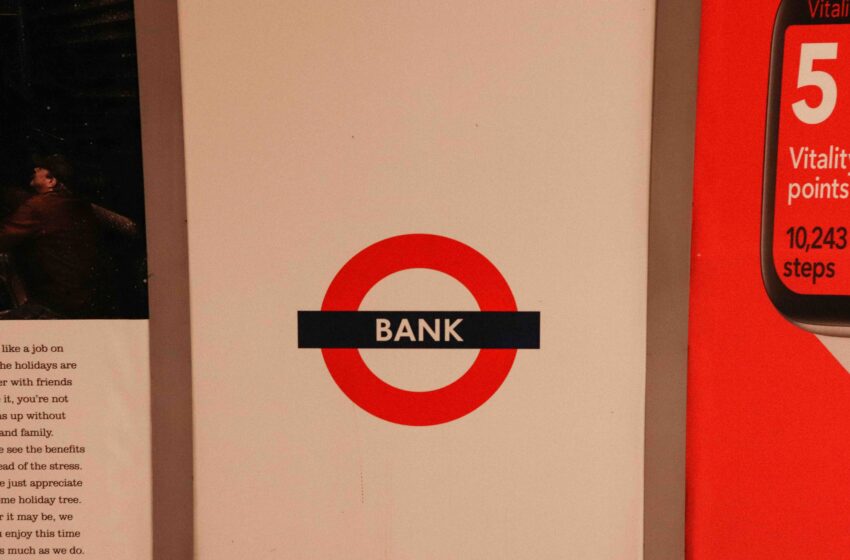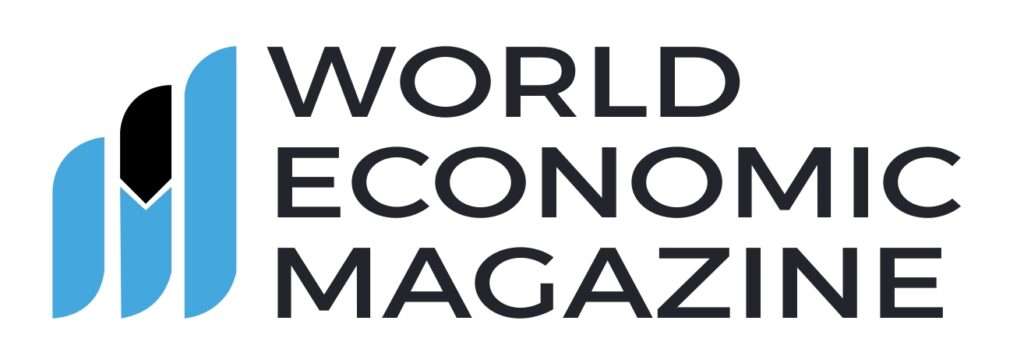
The Rise of Neobanks: Disrupting Traditional Banking Models
No branches, no legacy systems — just apps, algorithms, and audacity. Meet the digital-native banks out to dismantle everything you thought you knew about banking.
In the world of finance, David is once again taking on Goliath — only this time, David wears a hoodie and codes in Python.
Neobanks, the digital-only disruptors of the banking world, are forcing legacy institutions to confront a stark reality: the future of banking may not include bank branches at all. With sleek mobile apps, lower fees, faster onboarding, and hyper-targeted financial tools, neobanks are siphoning off younger, tech-savvy customers — and billions in deposits — from traditional banks.
What Exactly Is a Neobank?
A neobank is a banking platform that operates entirely online, without a physical branch network. These institutions typically partner with chartered banks for FDIC insurance and regulatory compliance but maintain their own tech stack and user experience.
Unlike online arms of big banks, neobanks are born digital, unburdened by mainframes and marble lobbies. Think Chime, Varo, SoFi, Revolut, Monzo, and Nubank — agile, customer-obsessed, and engineered for smartphones, not spreadsheets.
Chime: The Poster Child of Neobanking
Founded in 2013, Chime is the largest neobank in the U.S. with over 15 million customers as of 2023. It offers no-fee checking accounts, early access to direct deposit paychecks, and automatic savings tools — all through a friendly, intuitive mobile interface.
Chime’s explosive growth speaks volumes: according to eMarketer, Chime surpassed Wells Fargo in number of mobile banking users by the end of 2022. And it did it without a single brick-and-mortar branch.
CEO Chris Britt’s vision?“We’re not trying to be a traditional bank. We’re building something better — more transparent, more accessible, and more aligned with consumer needs.”
Varo Bank: From Fintech to Full Charter
Varo took things further. In 2020, it became the first consumer fintech in the U.S. to receive a national bank charter. This allowed Varo to bypass partner banks and operate independently — a major milestone in fintech evolution.
Varo boasts over 6 million accounts, a zero-fee model, and personalized budgeting tools. Its focus on underbanked consumers — especially those hit hardest by overdraft fees and minimum balance requirements — has made it a favorite among younger, lower-income users.
In their words:
“Our mission is financial inclusion for all. Not just the wealthy.”
SoFi: Neobank Meets Wall Street
SoFi (Social Finance) began as a student loan refinancing startup but has morphed into a full-service neobank, offering checking, savings, investing, credit cards, and even mortgages — all wrapped in a high-gloss, Silicon Valley interface.
After acquiring Golden Pacific Bank, SoFi became a fully chartered bank in 2022, allowing it to offer high-yield checking and savings (up to 4.50% APY) and compete head-on with both fintechs and legacy players.
With over 7.5 million members and a Super Bowl ad to its name, SoFi is now a legitimate contender in consumer finance — and one of the few neobanks playing both sides of the financial spectrum.
International Disruptors: Revolut, Monzo & Nubank
The neobank revolution isn’t confined to the U.S. In the U.K., Monzo and Revolut have redefined what banking looks like — sleek UI, instant spending notifications, foreign exchange with no fees, and gamified savings tools.
- Monzo: Over 8 million users. Known for transparency and a community-first approach.
- Revolut: More than 40 million global customers. Offers everything from crypto to stock trading to travel insurance — all inside one app.
In Latin America, Nubank is the heavyweight. Based in Brazil, Nubank has over 90 million customers and recently expanded into Mexico and Colombia. Its focus? Replacing traditional banks that have long ignored younger and lower-income populations.
Why Are Neobanks Winning?
- Cost Structure: No branches = lower overhead. That means fewer fees for customers.
- Tech-First Design: Apps are fast, intuitive, and built for mobile-native users.
- Customer Focus: Instant support, simplified onboarding, and personalization.
- Speed: Account setup in minutes, real-time alerts, instant payments.
But Are They Profitable?
That’s the rub. Many neobanks still operate at a loss. Chime delayed its IPO citing market volatility. Varo burned through $100 million in cash in a single year. The path to profitability is uncertain — but investors remain bullish.
According to PitchBook, neobanks raised over $3.6 billion in venture capital in 2023, signaling strong market confidence despite regulatory hurdles and rising customer acquisition costs.
Legacy Banks Are Paying Attention
Big banks are responding — slowly. JPMorgan Chase and Bank of America have launched digital-only offerings. Goldman Sachs created Marcus, its own sleek fintech brand. But the pace of legacy transformation is glacial compared to the rocket speed of startups.
As The Financial Brand noted in a 2024 study:“Neobanks have permanently raised consumer expectations — and traditional banks will either adapt or bleed customers.”
The Bottom Line
Neobanks aren’t just disrupting traditional banking. They’re redefining it — with clean design, financial literacy, lower fees, and humanized customer service. Whether they’ll all survive the next financial cycle remains to be seen, but one thing is clear: The branch is dead. The app is king.
Sources
The Financial Brand, 2024: “Digital Banking Consumer Trends”
eMarketer, 2023: “Chime Passes Wells Fargo in Mobile Users”
PitchBook, 2023: “Fintech & Neobank Investment Report”
Chime Press Room, 2023
Varo Bank Press Kit, 2023
SoFi Investor Relations, 2024
Monzo Annual Report, 2023
Revolut Company Blog, 2024
Nubank Investor Update, Q1 202






